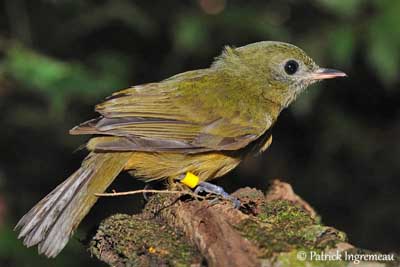
Text by Nicole Bouglouan
Photographers :
Didier Buysse
Vision d’Oiseaux
Alfredo Colón
Puerto Rico Wildlife
Steve Garvie
RAINBIRDER Photo galleries
Patrick Ingremeau
TAMANDUA
Eduardo Andrés Jordan
MIS AVES – AVES DE ARGENTINA
Tom Grey
Tom Grey's Bird Pictures
Bob Moul
Nature Photography
Pete Moulton
Pete Moulton Photography
Philippe and Aline Wolfer
OISEAUX D'ARGENTINE
Sources :
HANDBOOK OF THE BIRDS OF THE WORLD Vol 9 - by Josep del Hoyo - Andrew Elliot - David Christie - Lynx Edicions - ISBN: 8487334695
A GUIDE TO THE BIRDS OF MEXICO AND NORTHERN CENTRAL AMERICA by Steve N. G. Howell, Sophie Webb - Oxford University Press - ISBN: 0198540124
A GUIDE TO THE BIRDS OF COLOMBIA by Steven L. Hilty and William L. Brown - Princeton University Press – ISBN 069108372X
BIRDS OF THE GREAT BASIN – by Fred A. Ryser - Univ of Nevada Pr -ISBN: 0874170796
Bird Web (Seattle Audubon Society)
CREAGUS@Monterey Bay (Don Roberson)
Wikipedia, the free encyclopaedia
TYRANNIDAE FAMILY
Tyrants – Flycatchers
This large family belongs to the Passeriforme Order and includes North, Central and South Americas’ birds.
Divided into four subfamilies and some tribes, this family contains a wide variety of passerines and encompasses ecological and morphological equivalents of numerous bird species from the whole world.
We could compare the New World Tyrannidae to the Old World flycatchers of the Muscicapidae family for the similar hunting behaviour, but Tyrannidae also share common features with several other families such as Monarchidae, Parulidae, Sylviidae, Laniidae, Timaliidae, Garrulinae (Corvidae), Troglodytidae, Polioptilidae, Moticillidae, Turdidae, Dicaeidae and a Coraciiform Family of todies, Todidae.
This huge family is divided into four subfamilies:
ELAENIINAE has two tribes, Elaeniini and Platyrinchini which include tyrannulets, elaenias, tody-tyrants, pygmy-tyrants and allies.

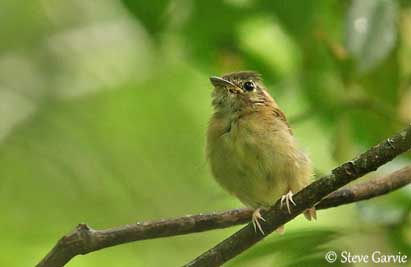
FLUVICOLINAE has two tribes, Contopini and Fluvicolini which include pewees, phoebes, ground-tyrants and allies.
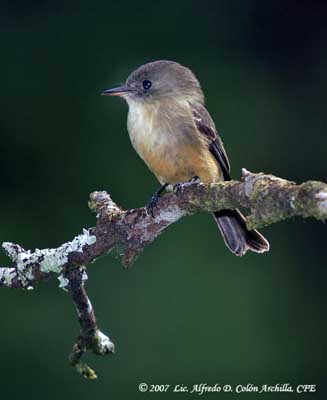
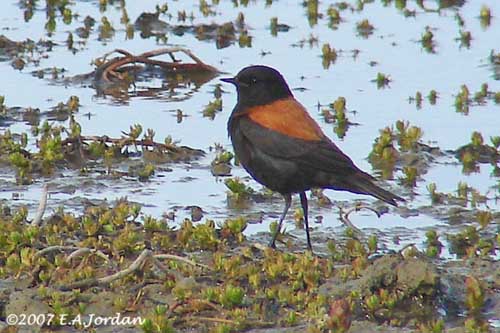
TYRANNINAE has two tribes, Tyrannini and Attilini, including kingbirds, mourners, attilas and allies.
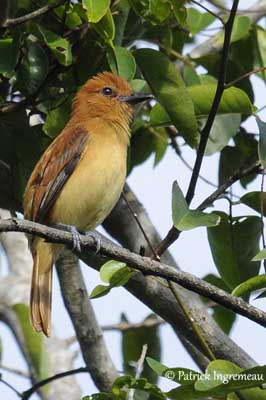
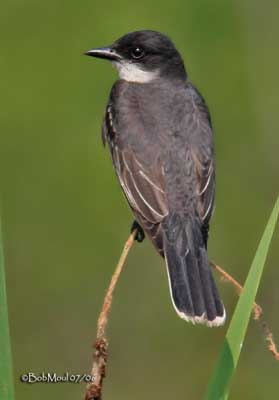
TITYRINAE includes tityras and becards. This subfamily is more distant, and only added to Tyrannidae by some taxonomists.
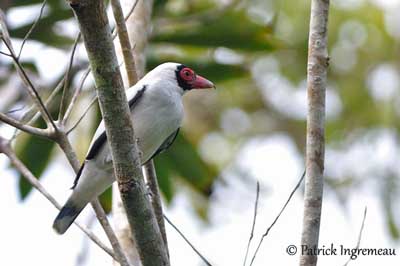
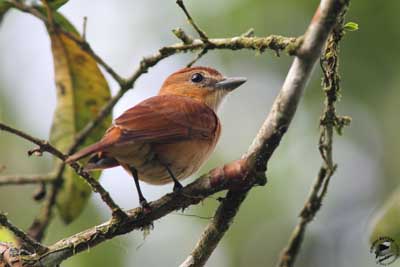
This classification may appear very complex, but actually, each subfamily includes birds with similar physical features and behaviour. On the other hand, they differ from each other more by morphological criterions than behaviour.
Some specializations in feathers of wings, tail or crown are associated with several social displays. However, the differences in body size, form and size of the bill, length and shape of the wings, tail structure, leg and foot size, are behavioural adaptations for foraging and hunting throughout the wide range with so varied habitat types and weather conditions.
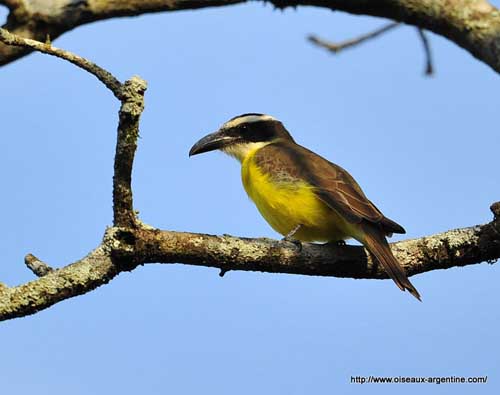
Tyrannidae species vary in body size from very small birds of about 6-7 cm of length such as the Eared-Pygmy-Tyrant (Myiormis auricularis), to larger ones such as the Grey Kingbird (Tyrannus dominicensis) with a length of 23-25 centimetres.
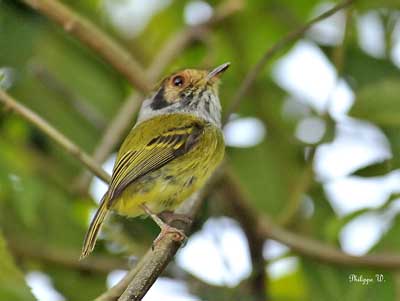
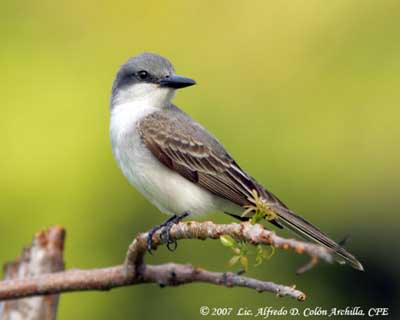
They are good flyers, and the wing-shape differs according to the migratory or sedentary habits of the species. They have weak feet and legs due to their mainly aerial life.
They are insect-eaters and they usually have well adapted bill, short or longer, wide and slightly hooked at tip. Around the bill base, several rictal bristles protect the eyes against insects while the bird is flying.
The plumage colour varies from dull brown, grey or olive-green upperparts and much paler underparts, to brightly coloured birds such as the Vermilion Flycatcher (Pyrocephalus rubinus) and the Great Kiskadee (Pitangus sulphuratus).
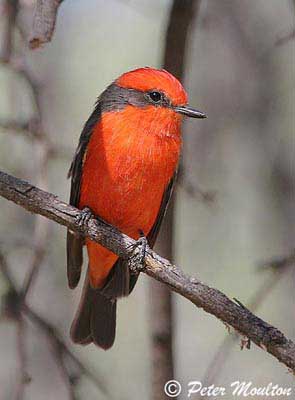
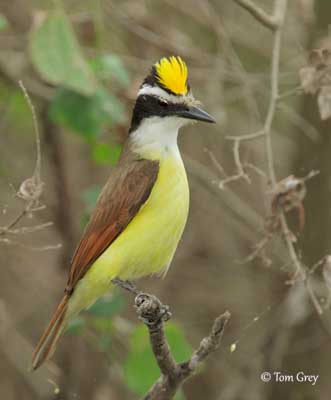
They usually have moderate-length tails, but several species such as the Scissor-tailed Flycatcher (Tyrannus forficatus), the Strange-tailed Tyrant (Alectrurus risora) and some others, have elongated rectrices often used during the courtship displays.
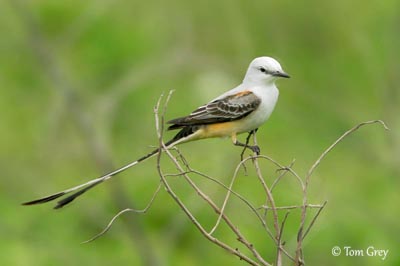
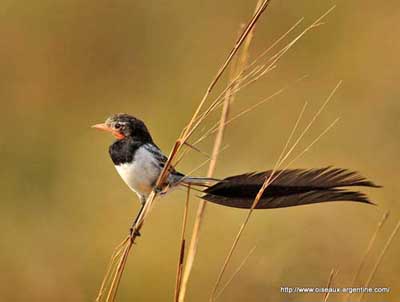
The study of several factors makes easier the assessment of relationship among the different genera and species. Of course, the morphological features are very important, but additional information about voice, behaviour, nest structure and placement, foraging habits, diet and movements, also provide interesting and useful clues when few other details are available.
These aspects will be covered in the following chapters:
Subfamilies: